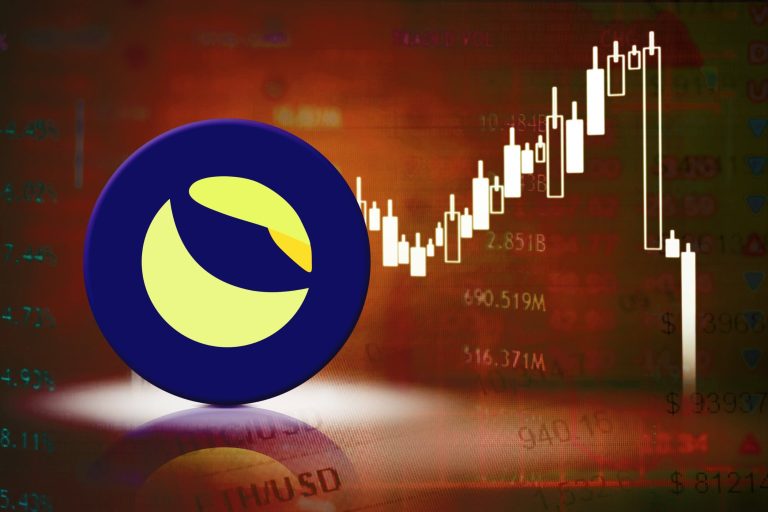Global gold prices surged 27% in 2024, driven by central bank interest rate cuts and a rise in safe-haven demand.
This sharp increase in global prices has dampened domestic demand in key gold-consuming nations like India and China.
In India, the situation has been further compounded by the depreciation of the rupee in recent months. Since gold is priced in dollars, a weaker rupee makes imports significantly more expensive for domestic consumers.
As a result, higher domestic gold prices have discouraged buyers from retail purchases across the country.
In an exclusive interview with Invezz, Prithviraj Kothari, Managing Director of RiddiSiddhi Bullions Limited, shares his outlook for the gold market in 2025.
Kothari predicts that India’s gold demand will likely remain subdued due to persistently high prices. However, he expects a seasonal boost during the festive and wedding periods.
Below are edited excerpts from the interview:
Invezz: How do you see India’s gold demand in the upcoming months with high prices?
India’s gold demand in the upcoming months is likely to remain subdued due to high prices, which deter price-sensitive retail buyers.
However, demand may see a seasonal uptick during the festive and wedding seasons, driven by cultural and traditional factors.
Investment demand could also stabilize as investors hedge against inflation and economic uncertainties.
Overall, elevated prices may shift consumer focus towards lighter-weight jewelry or digital gold options, while rural demand might remain soft due to tighter budgets.
Invezz: Do you see global prices rising further this year after a 27% increase in 2024?
After a 27% rise in 2024, global gold prices may face upward pressure in 2025, driven by geopolitical uncertainties, a weak dollar, and sustained central bank buying.
However, the pace of gains might moderate as central banks adopt more balanced monetary policies and inflation stabilizes in key markets.
Rising interest rates in developed economies could limit gold’s appeal, while physical demand from price-sensitive regions like India may weaken. Any further escalation in economic risks or geopolitical tensions, however, could propel prices higher, sustaining gold’s role as a safe-haven asset.
India’s spot market in discount
Invezz: What is the current premium or discount in the spot market? How much has the rise in global prices affected demand?
As of January 10, 2025, the Indian gold market is experiencing a discount of up to $17 per ounce compared to international spot prices.
This discount has widened due to high local gold prices, which have reached a monthly peak, and the inauspicious “Khar Mass” period, leading to reduced demand.
(Khar Mass is a period in the Hindu calendar when it is believed that no auspicious activities should be performed.)
The rise in global gold prices has significantly impacted demand in India. The elevated prices have deterred buyers, leading to a slowdown in domestic demand.
Additionally, the depreciation of the Indian rupee has made gold imports more expensive, further dampening demand.
Invezz: After the government reduced import tax last year, what kind of an impact have you seen on smuggling?
The government’s reduction of the gold import tax in 2024 led to a decline in smuggling activities, as the reduced duty narrowed the price gap between official and unofficial channels.
This shift encouraged higher imports through legal means, boosting transparency and tax revenues.
However, smuggling hasn’t been entirely eradicated, as high domestic demand and regional price differences still provide some incentives. Continued enforcement and further policy refinements are crucial to curbing illicit trade completely.
Spot prices and ETF demand
Invezz: What kind of price level do you expect Indian spot gold prices to trade at, by the end of the first quarter?
By the end of March 2025, Indian spot gold prices are expected to trade within the 81,000 to 82,000 rupees ($935-$947) per 10 grams range. (Currently, spot prices in India’s Mumbai are at 79,239 rupees per 10 grams.)
This projection is influenced by global gold prices, the weakness of the Indian rupee, and local demand trends.
Seasonal buying during the wedding season may offer support, while global central bank policies and inflation concerns could sustain safe-haven interest.
However, a significant price breakout would likely depend on unexpected geopolitical or economic developments, which could shift investor sentiment dramatically.
Invezz: After last year, do you expect an improvement in gold ETF demand in 2025?
Indian gold ETF demand is expected to improve in 2025, driven by a combination of economic recovery, increased financial literacy, and heightened interest in digital investment avenues.
The appeal of ETFs lies in their cost-effectiveness, transparency, and ability to track global gold prices without the need for physical storage.
Market volatility and inflation concerns may further enhance their attractiveness as a hedge. However, demand will depend on price stability, investor sentiment, and policy incentives to encourage broader adoption.
Invezz: How much potential does silver have compared to gold this year, especially with its use in EVs?
Silver holds strong potential compared to gold in 2025, particularly due to its critical role in the EV industry.
With rising EV adoption globally, silver’s use in batteries, connectors, and charging systems is set to grow significantly.
Additionally, its applications in renewable energy and electronics further enhance demand.
While gold remains a preferred hedge against uncertainties, silver’s industrial demand creates an opportunity for higher price appreciation, especially if green technologies expand rapidly. However, its higher volatility may make it a riskier investment than gold.
Discontinuation of India’s sovereign gold bonds
Invezz: Why do you think the government is not interested in continuing the sovereign gold bond schemes?
The Indian government may not be interested in continuing the Sovereign Gold Bond (SGB) schemes for several reasons:
High cost of financing: Issuing SGBs involves interest payments to investors, which can be a significant cost for the government, especially during periods of fiscal deficit.
Reduced relevance: The recent reduction in import duties on gold may have diminished the relative attractiveness of SGBs. With lower import costs, physical gold may become more competitive.
Focus on other priorities: The government may be prioritizing other fiscal and economic objectives over the continued issuance of SGBs.
Invezz: What other schemes can be introduced to boost demand for investments in digital gold?
To boost digital gold investments, the government can introduce tax incentives, such as lower capital gains tax or exemptions for long-term holdings.
Schemes like “Digital Gold Savings Plans” allowing systematic investments and “Gold-linked Pension Plans” could attract diverse investor segments.
Collaborations with fintech platforms to promote micro-investments and government-backed guarantees for digital gold’s security could further enhance.
Fed’s cautious monetary path
Invezz: Gold may face headwinds from a slower pace of the US Fed’s monetary easing. What is your outlook on the Fed’s rate cut scenario?
The Federal Reserve’s monetary policy in 2025 is expected to pivot cautiously due to persistent inflationary pressures and a desire to avoid destabilizing economic growth.
While a slower pace of rate cuts is likely, the Fed may adopt a data-driven approach, balancing labor market resilience with inflation targets.
A gradual reduction in rates would keep borrowing costs elevated, limiting gold’s upward momentum.
However, any sharp economic downturn or geopolitical uncertainty could prompt more aggressive easing, providing support for gold prices.
Overall, the Fed’s approach suggests a moderate impact on gold, with a steady but cautious monetary path.
The post Interview: India’s gold demand likely to stay subdued in 2025 amid high prices, rupee depreciation, says Prithviraj Kothari appeared first on Invezz










